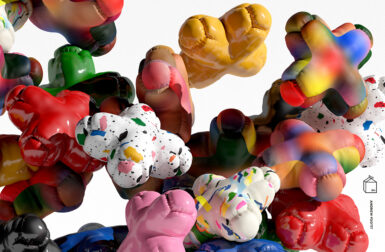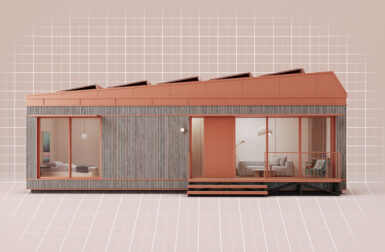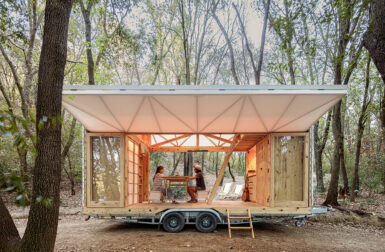
Christina Fesmire is a graduate student of Industrial Design at Pratt Institute, and with her Fugle Swing she asks “is adulthood joyful?”


Having become intrigued with the impacts emerging from Scandinavia in the twentieth century, I wanted to bring this fascination closer to my image what an adult swing could become.
The concavity, or central portion of the piece was decided after weeks of anatomical study on the human coccyx. The practicality of comfort and aestheticism were joined in determining the overall shape. My goals were to subtly incorporate these aspects, creating a real sense of beauty and livability. To experience it invokes happiness. The materials that form the swing are sustainably produced with renewable maple veneer, which is used as the core material throughout. It been extracted from the upper potion of Finland, and is returned to the soil after the cycle of production. A single darker toned sheet of laminate has been pressed directly into the center of the molded material, allowing for a more defined curve in profile. The mold itself was made from manipulating sheet metal to the desired shape and joined with particleboard. To accurately flex and form the veneer material to the metal mold, a pipe is placed within the crevice, and the veneer is vacuum formed with heat. In this process of lamination, running long and short fibers of wood sheeting in opposite directions, creates a durable structure. A layer of adhesive is coated between the each ply. The thickest portion is centrally located, and measures approximately 2cm, 1cm thicker than the tips, allowing for visual fluidity. In order to achieve this tapered effect in the lamination process, one must stagger the veneer material at incrementally increased lengths to gradually slender the thickness. In staying consistent with the use of natural materials, Walnut inlay defines the entrance and exit of the natural hemp rope suspensions, allowing a suitable contrast in material. The method of pulling apart and rejoining fibers of the rope is called ‘splejsning’ in Danish. The ‘handlebars’ of the swing were designed to seamlessly begin and end using this technique.





